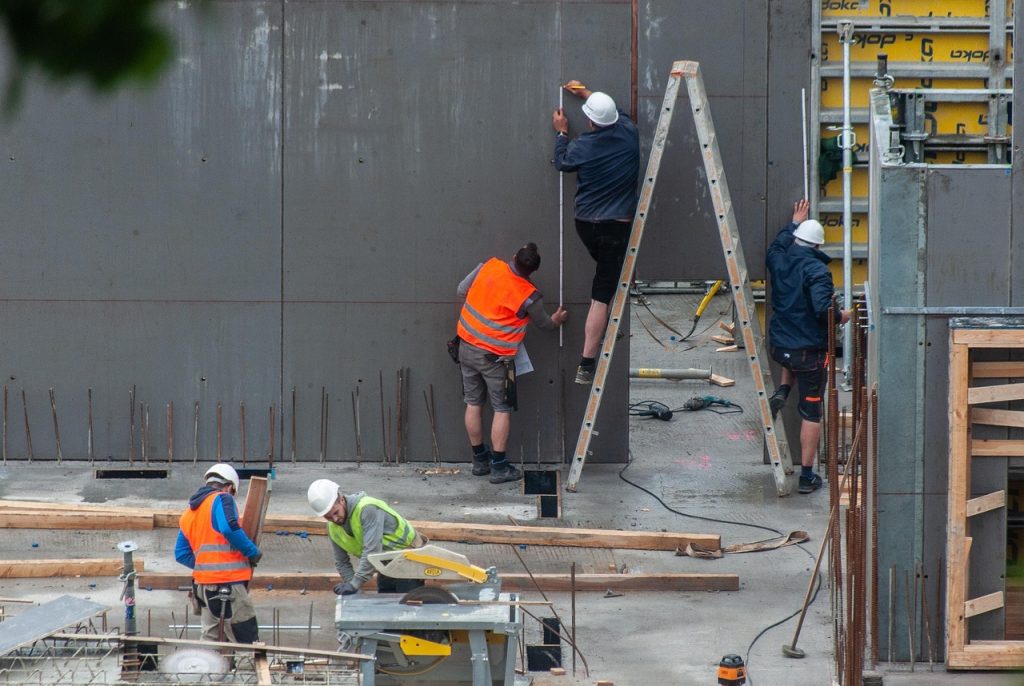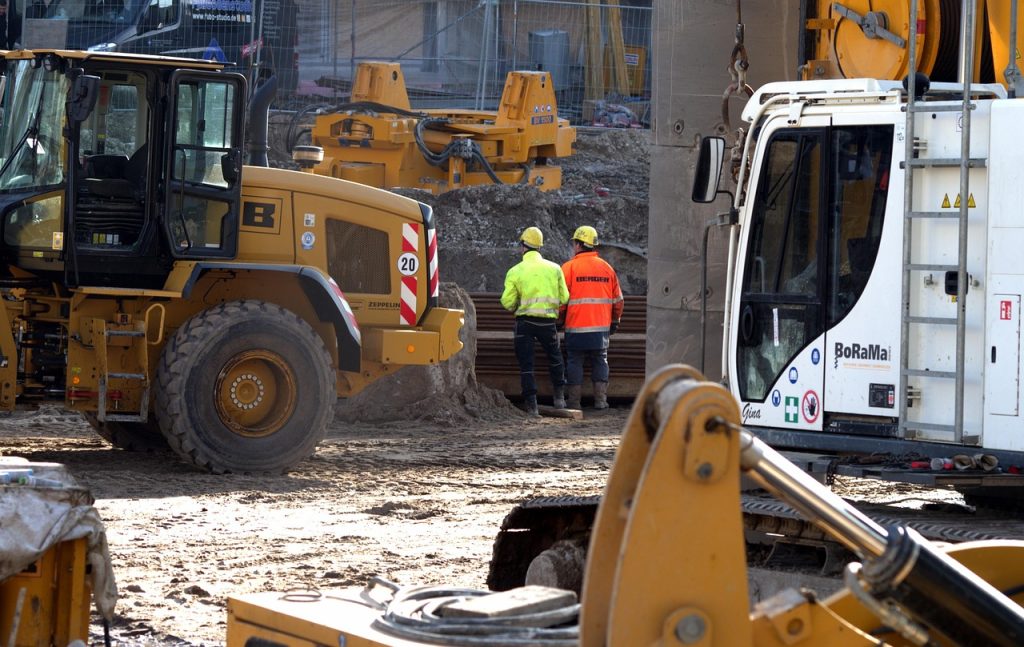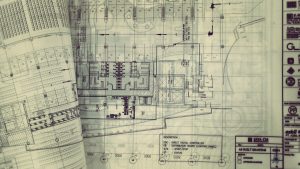In today’s fast-paced, high-stakes construction industry, the difference between a project that succeeds and one that spirals into delays, cost overruns, and disputes often comes down to one factor: collaboration. As buildings grow more complex, materials more advanced, and timelines more compressed, no single contractor, architect, or engineer can deliver success alone. It takes an integrated team — one that shares information freely, communicates effectively, and works toward a unified goal.
Construction collaboration isn’t just a trendy buzzword or a corporate initiative. It’s a strategic foundation that supports efficiency, innovation, and long-term trust among project stakeholders. Whether you’re managing a small commercial fit-out or a multibillion-dollar infrastructure project, collaborative practices reduce rework, minimize risks, and foster better outcomes across the entire project lifecycle.
This article explores, in depth, why collaboration is essential in construction, the benefits it brings, the barriers that often stand in the way, and the strategies and technologies that are transforming how teams work together. By the end, you’ll understand why collaboration isn’t just a management style it’s the backbone of successful construction delivery.
Understanding Construction Collaboration

Construction collaboration refers to the structured process of multiple stakeholders working together toward a shared project objective. These stakeholders include:
- Project owners and developers
- Architects and design consultants
- Engineers (structural, MEP, civil)
- General contractors and construction managers
- Subcontractors and suppliers
- Facility managers and operators
In a traditional construction model, these parties often work in silos — architects design, contractors build, and owners review. Information flows linearly, and decisions happen sequentially. While this approach may appear organized, it often leads to communication gaps, delays, and misaligned expectations.
In contrast, a collaborative construction model integrates every stakeholder from the earliest design stages through construction and even into operation. Teams share insights, identify potential conflicts early, and co-create solutions. This integrated project approach fosters transparency and accountability, aligning every decision with the project’s ultimate success rather than individual gains.
Also read: 7 Best Eco-Friendly Construction Companies in Bali
The Historical Problem: Silos and Fragmentation
Construction has traditionally been plagued by fragmentation. Each trade or discipline has its own expertise, contracts, and processes. Designers focus on aesthetics and functionality; engineers prioritize technical accuracy; contractors emphasize buildability and cost.
This fragmentation leads to:
- Design–build conflicts, where what’s drawn can’t be easily constructed.
- Late-stage change orders, due to unclear communication or uncoordinated plans.
- Budget overruns, as unforeseen challenges arise mid-construction.
- Adversarial relationships, where stakeholders blame each other rather than solve problems.
A 2019 McKinsey report found that poor collaboration and miscommunication are responsible for nearly 48% of rework in construction projects worldwide. These inefficiencies cost billions in wasted materials, lost time, and reduced productivity.
The solution? A cultural and technological shift toward collaborative construction management, where information sharing, trust, and real-time coordination become central to project execution.

The Core Principles of Construction Collaboration
Collaboration in construction isn’t a vague ideal it’s built on concrete principles that guide every interaction and decision.
1. Transparency
All stakeholders must have access to the same information, from design models to schedules and budget updates. Transparent reporting builds trust and prevents misinformation.
2. Shared Responsibility
Instead of shifting blame or risk, collaborative teams share accountability for outcomes. When problems arise, they are solved collectively, not defensively.
3. Early Involvement
Inviting contractors, suppliers, and key consultants early in the design phase allows for constructability reviews, cost optimization, and fewer design errors.
4. Open Communication
Frequent and honest communication — through meetings, digital platforms, and field coordination — keeps everyone aligned and proactive.
5. Mutual Respect and Trust
Collaboration thrives when every participant’s expertise is valued. A respectful culture encourages innovation and better teamwork.
6. Integrated Technology
Digital tools like BIM (Building Information Modeling) and cloud-based project management systems serve as collaboration enablers, allowing stakeholders to work from one source of truth.
These principles create a foundation where problems are addressed constructively, resources are used efficiently, and projects progress smoothly from concept to completion.
The Benefits of Construction Collaboration
When collaboration becomes part of the project DNA, the results are transformative.
a. Reduced Errors and Rework
By involving all disciplines in early planning, potential clashes between architectural, structural, and MEP systems are detected before construction begins. For example, BIM coordination allows engineers and contractors to simulate builds virtually, eliminating costly rework later on site.
b. Improved Cost Efficiency
Collaborative budgeting allows teams to identify value-engineering opportunities and optimize procurement strategies. When everyone understands cost drivers, savings are achieved without compromising quality.
c. Faster Project Delivery
Integrated scheduling ensures trades can work in harmony. Delays are minimized because decisions are made faster, and fewer bottlenecks occur. This is particularly effective in design-build or Integrated Project Delivery (IPD) models, where teams share one contract.
d. Higher Quality Outcomes
Open communication between designers and contractors improves buildability and craftsmanship. When subcontractors are empowered to provide feedback, their real-world experience leads to better design execution.
e. Enhanced Safety Performance
Collaboration extends to safety planning. When every stakeholder participates in developing safety protocols, site hazards are better anticipated, and incidents decrease.
f. Innovation and Continuous Improvement
Cross-disciplinary collaboration encourages creativity. When architects, engineers, and contractors brainstorm together, innovative materials, construction techniques, and sustainable solutions emerge.
g. Stronger Relationships and Long-Term Partnerships
Projects delivered collaboratively foster mutual trust and satisfaction. Contractors and owners who work well together often continue partnerships, leading to consistent quality and reduced learning curves on future projects.
In essence, collaboration multiplies collective intelligence — turning individual expertise into a coordinated powerhouse.
How Collaboration Impacts Each Project Phase
Collaboration is not a one-time effort; it spans every stage of the construction lifecycle.
1. Planning and Design Phase
Early collaboration sets the stage for project success. Architects, engineers, and contractors align on design intent, budget constraints, and construction methods.
- Value engineering is optimized early.
- Design conflicts are resolved digitally before breaking ground.
- Owner expectations are clarified through shared 3D models and visualization tools.
This phase determines 80% of a project’s cost efficiency and feasibility — making early collaboration critical.
2. Procurement and Preconstruction
Collaboration during procurement ensures the right materials, equipment, and partners are selected with full visibility.
- Contractors can provide input on material lead times and local sourcing.
- Subcontractors can suggest prefabrication options to speed up construction.
- Owners get transparent insight into supplier bids and costs.
The result is a more accurate budget and fewer surprises mid-project.
3. Construction Phase
During execution, collaboration becomes an operational discipline.
- Daily coordination meetings between trades keep work synchronized.
- Cloud-based communication platforms ensure updates are shared instantly.
- Site data reporting allows managers to track performance in real time.
Strong collaboration prevents duplication, miscommunication, and unproductive downtime — the silent killers of efficiency.
Handover and Post-Construction
At project closeout, collaboration ensures a seamless handover.
- Facility managers receive complete as-built documentation and maintenance manuals.
- Defects are addressed transparently, with full traceability.
- Lessons learned are shared among all parties for future improvement.
When collaboration continues through this final stage, it builds trust for long-term partnerships.
Common Barriers to Collaboration
Despite its clear advantages, collaboration doesn’t always come naturally in construction. Several systemic and cultural barriers stand in the way.
a. Adversarial Contract Structures
Traditional contracts often pit parties against each other, emphasizing risk transfer rather than shared success.
b. Siloed Communication
Different stakeholders using disconnected systems or withholding information for competitive advantage creates bottlenecks.
c. Resistance to Change
Older organizations may resist adopting new digital tools or collaborative workflows, preferring familiar yet inefficient methods.
d. Lack of Trust
When stakeholders fear blame or legal repercussions, they’re less likely to share honest feedback or data.
e. Poor Leadership and Coordination
Without strong leadership fostering teamwork, collaboration can devolve into chaos or indecision.
Overcoming these barriers requires intentional leadership, transparent contracts, and a culture that rewards cooperation rather than competition.
Also read: 10 Best Bali Architecture Styles That Define the Island’s Unique Charm
The Role of Technology in Enabling Collaboration
Modern technology has become the engine of collaboration in construction. Digital transformation bridges communication gaps and brings data-driven precision to teamwork.
a. Building Information Modeling (BIM)
BIM is the cornerstone of collaborative construction. It allows every stakeholder to work from the same digital 3D model, embedding data on materials, dimensions, and systems. Clash detection, visualization, and lifecycle planning are all done virtually, saving time and money.
b. Cloud-Based Project Management Platforms
Platforms like Autodesk Construction Cloud, Procore, and PlanGrid centralize communication, documents, and schedules. Teams can track progress, share drawings, and approve changes in real time — whether they’re in the office or on site.
c. Common Data Environments (CDEs)
A CDE provides a unified data repository for all project files, ensuring version control and data consistency. This eliminates confusion over outdated plans or missing documentation.
d. Digital Twins and IoT Integration
Advanced projects now integrate sensors and IoT devices that feed live data into digital twins — real-time digital replicas of physical assets. These enhance collaboration between builders, operators, and owners even after project completion.
e. Mobile and Field Collaboration Tools
Tablets and mobile apps empower site workers to access blueprints, submit RFIs, and record progress photos instantly — cutting paperwork and response delays.
When technology and collaboration culture align, teams move from reactive problem-solving to proactive, integrated project management.
Strategies to Build a Collaborative Culture
Technology alone isn’t enough — collaboration is fundamentally a people-driven process. Here’s how organizations can cultivate a culture that supports it:
- Start with Leadership Commitment
Senior management must model collaboration by encouraging transparency and rewarding teamwork. - Establish Clear Communication Protocols
Define how, when, and where project updates are shared. Consistency eliminates confusion. - Create Integrated Project Teams (IPTs)
Mix professionals from different disciplines into one team with shared objectives and incentives. - Use Collaborative Contracting Models
Frameworks like Integrated Project Delivery (IPD) or alliancing align all parties under shared risk and reward. - Encourage Early Contractor Involvement (ECI)
Bring construction expertise into design discussions early to improve constructability and cost certainty. - Conduct Regular Coordination Meetings
Weekly or daily stand-up meetings maintain alignment and quick issue resolution. - Celebrate Collective Wins
Recognize achievements as team successes, reinforcing a sense of shared ownership. - Invest in Training and Development
Teach communication, conflict resolution, and collaborative problem-solving alongside technical skills.
The best collaborative cultures treat relationships as assets — investments that yield compounding value with every project.
Case Insight: The Shift to Collaborative Delivery Models
Many modern projects now use collaborative delivery methods such as:
- Design-Build (DB) – Combines design and construction under one contract, encouraging alignment.
- Integrated Project Delivery (IPD) – All major stakeholders share one multi-party contract, aligning profit and risk.
- Public-Private Partnerships (PPP) – Collaboration between government and private entities ensures long-term performance accountability.
These models replace fragmented communication with integrated teamwork, fostering innovation and shared efficiency.
The Future of Construction Collaboration
As construction enters the digital era, collaboration will evolve even further:
- AI-driven analytics will predict project risks before they occur.
- Blockchain-based contracts will automate payments when verified milestones are reached.
- Virtual Reality (VR) and Augmented Reality (AR) will enhance design reviews and on-site coordination.
- Global collaboration networks will allow experts from around the world to co-design in real time.
The future of collaboration isn’t just digital it’s intelligent, data-integrated, and human-centered.
Conclusion
Construction collaboration is not a soft skill — it’s a strategic discipline that transforms how projects are planned, built, and delivered. When stakeholders collaborate effectively, they eliminate friction, reduce waste, and unlock collective intelligence.
In an industry where every project involves thousands of interconnected tasks, collaboration brings order to complexity and clarity to chaos. It turns competing interests into complementary strengths, aligning everyone behind a shared vision: delivering safe, sustainable, and high-quality structures on time and on budget.

Indah Suzanne
Indah Suzanne is a key player in Indonesia's design and architecture scene, leading Karyanusa Asia from Bali. As the driving force behind Karyanusa Asia in Bali, she combines innovative design concepts with exceptional construction expertise, delivering world-class villas, commercial spaces, and bespoke architectural projects that reflect both modern elegance and the island’s rich cultural heritage.





